Don't Go All Hybrid/Turbo/Electric/Fuel Cell Just Yet - Toyota V6 And V8 to Gain "Dynamic Force" Camry Engine Tech
Forget hybrids. Set aside, for this moment, plug-in hybrids as well. Ignore the EV hubbub and the pie-in-the-sky hydrogen fuel cells. While you’re at it, remove turbochargers and their accompanying displacement reductions from your memory, too.
The naturally aspirated internal combustion engine has legs. The proof is in the 2018 Toyota Camry’s 2.5-liter Dynamic Force four-cylinder. With no hybrid assist, no turbos, no cord that plugs into your garage wall, and no futuristic fuel source, the new Camry 2.5-liter produces 206 horsepower and hits 41 miles per gallon on the highway on regular 87 octane.
That’s 16-percent more power 24-percent more highway mpg than the 2017 Camry’s 2.5-liter four-cylinder. With improvements in conventional, naturally aspirated, gas-fired engines occurring in such leaps and bounds, it’s no wonder Toyota has bigger plans for the Dynamic Force blueprint.
According to Ben Schlimme, Toyota’s executive program manager for powertrains, says “Dynamic Force is not solely aimed at the 2.5-liter engine.” According to Automotive News, Schlimme says the tech featured in the Camry’s 2.5 is destined for other segments, and V6 and V8 editions are now in concept form.
Getting the 2.5 to make substantially more power, without turbocharging and without harming efficiency, involved focusing on good ol’ fashioned fundamentals: friction, air flow, and cooling. Fundamental ideals for engineers, they may be, but enhancing the powerplant required new approaches: “high-speed combustion technology and a variable control system,” Toyota says, with a widened angle between intake and exhaust valves, a laser-cladded valve seat, and “strengthened tumble flow and high performance injector” which improve the fuel/air mixture, among other changes.
Much of the work Toyota did to the 2.5-liter is based on the need to improve the efficiency of its hybrids. “Our electrification pathway relies on these improvements of our internal-combustion engine,” Schlimme says, “hence we put a lot of effort ensuring that this base engine delivers on those principles.”
It doesn’t sound like Toyota is preparing us for a 2025 in which there will be few dealers, a near-100-percent electric fleet, and extensive ride-sharing in autonomous Ubers. You’ll recall Mazda’s belief: internal combustion engines are in the works until at least 2050.
Whether Toyota takes conventional engines that far won’t soon be determined. But if the next iteration of the 2.5-liter Toyota four-cylinder makes similar advances, and if Toyota applies similar improvements to V6 and V8 engines, we won’t be disappointed by missing battery packs and absent turbochargers.
[Images: Toyota]
Timothy Cain is a contributing analyst at The Truth About Cars and Autofocus.ca and the founder and former editor of GoodCarBadCar.net. Follow on Twitter @timcaincars.
More by Timothy Cain
Latest Car Reviews
Read moreLatest Product Reviews
Read moreRecent Comments
- Lou_BC Well, I'd be impressed if this was in a ZR2. LOL
- Lou_BC This is my shocked face 😲 Hope formatting doesn't fook this up LOL
- Lou_BC Junior? Would that be a Beta Romeo?
- Lou_BC Gotta fix that formatting problem. What a pile of bullsh!t. Are longer posts costing TTAC money? FOOK
- Lou_BC 1.Honda: 6,334,825 vehicles potentially affected2.Ford: 6,152,6143.Kia America: 3,110,4474.Chrysler: 2,732,3985.General Motors: 2,021,0336.Nissan North America: 1,804,4437.Mercedes-Benz USA: 478,1738.Volkswagen Group of America: 453,7639.BMW of North America: 340,24910.Daimler Trucks North America: 261,959



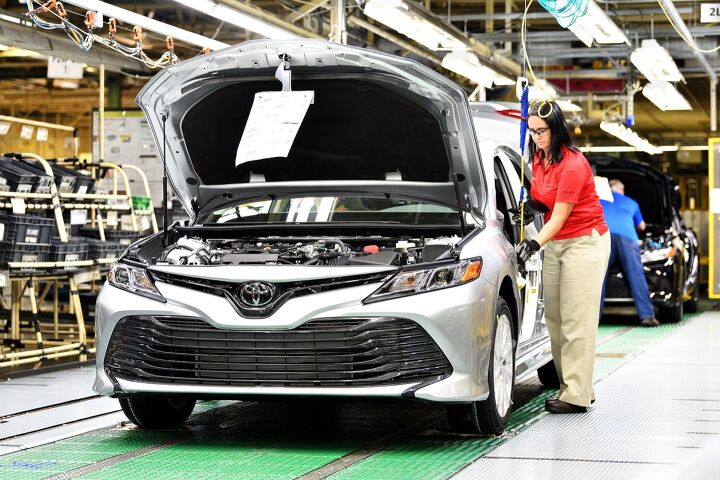

















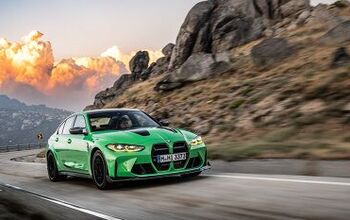

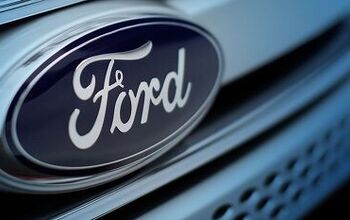
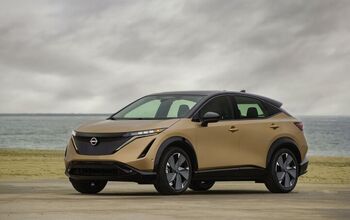
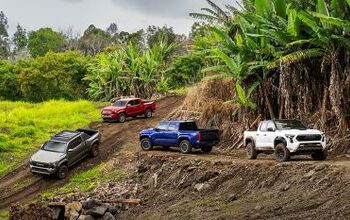

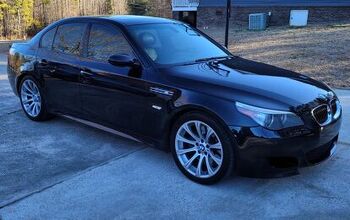
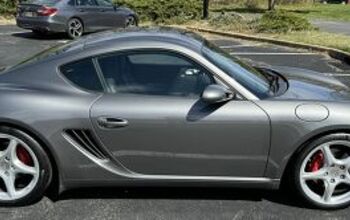
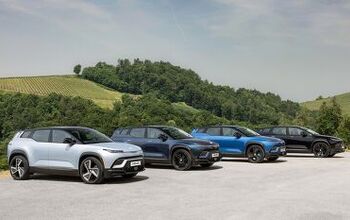

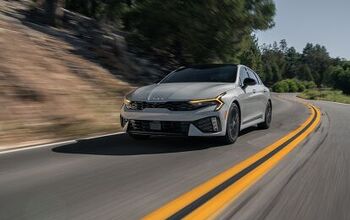
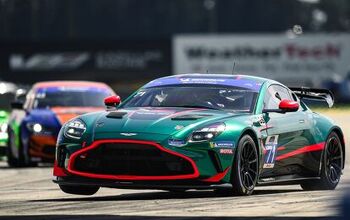


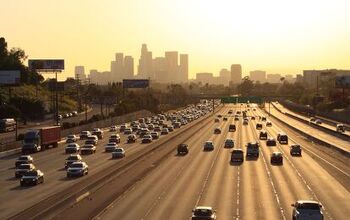
Comments
Join the conversation
While I wouldn't want to deprive the TTAC keyboard warriors the delight they attain in demeaning each other, I wonder if anyone has done an actual study comparing similar turbocharged and non-turbocharged engines? I'm old enough to remember when engines needed to be rebuilt at the 80-100,000 mile mark, and automakers struggled to achieve 20mpg in economy cars, with engines that produced double digit horsepower. However you look at it, this is a stunning achievement for Toyota.
"a laser-cladded valve seat"?? Just what the flip is that? Sounds like something taken from the promotional material.